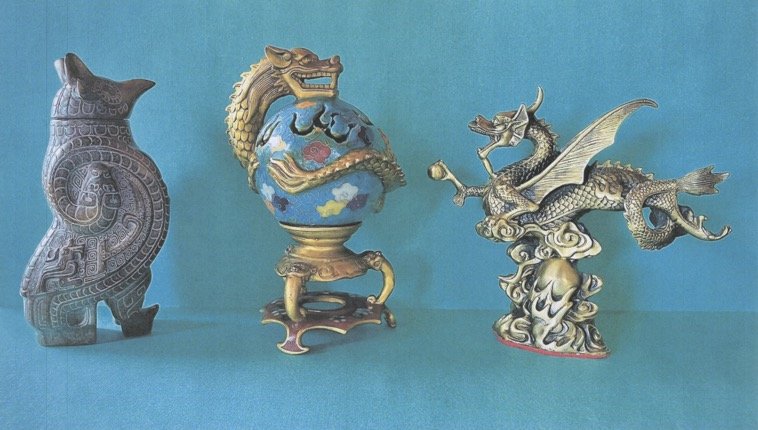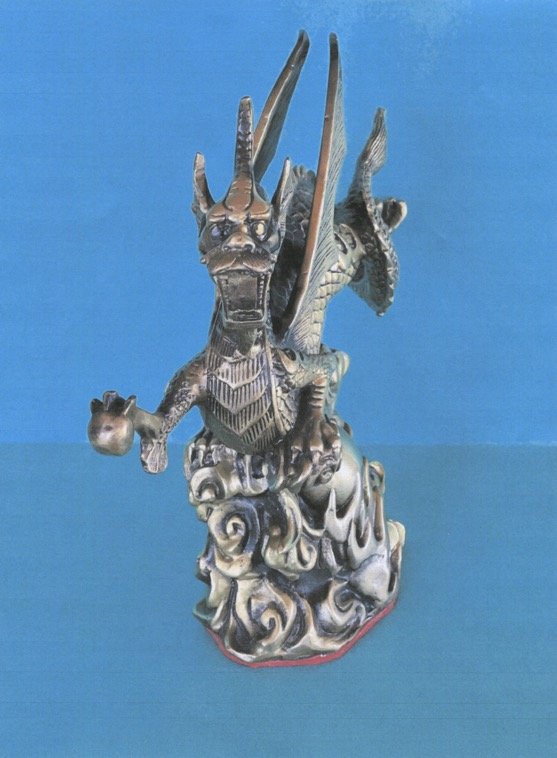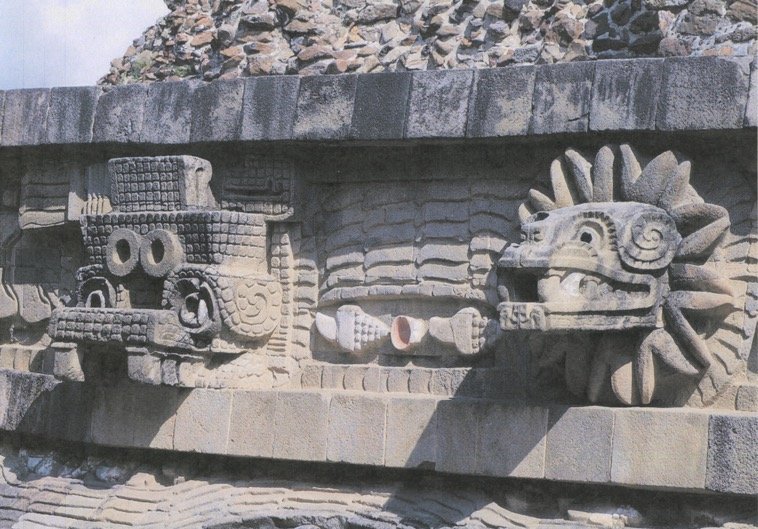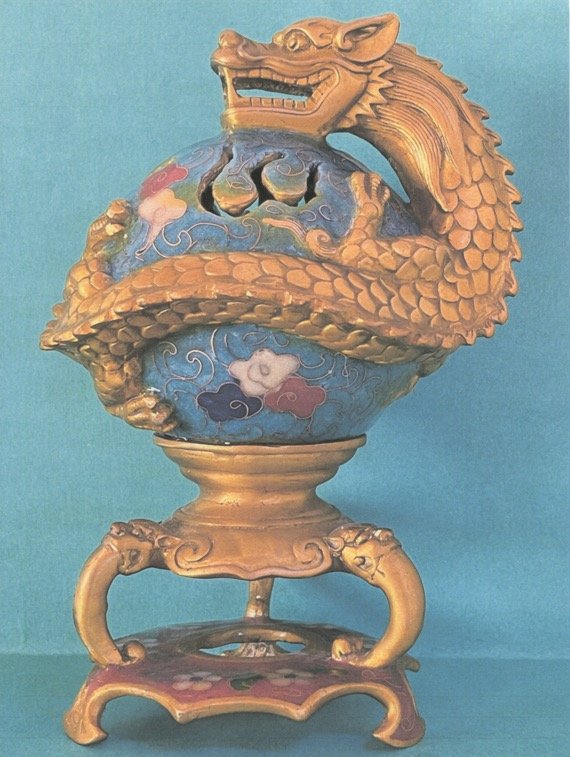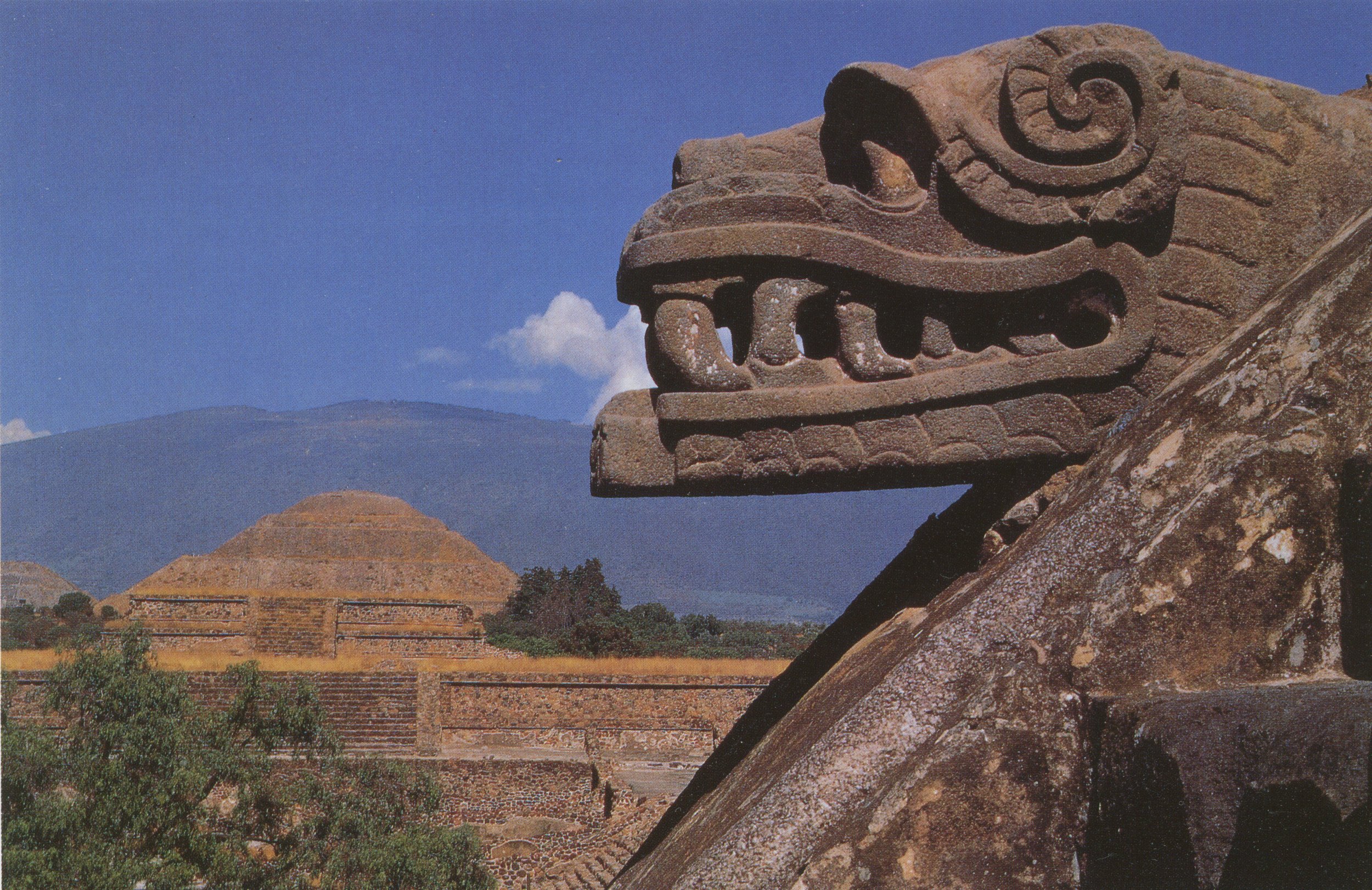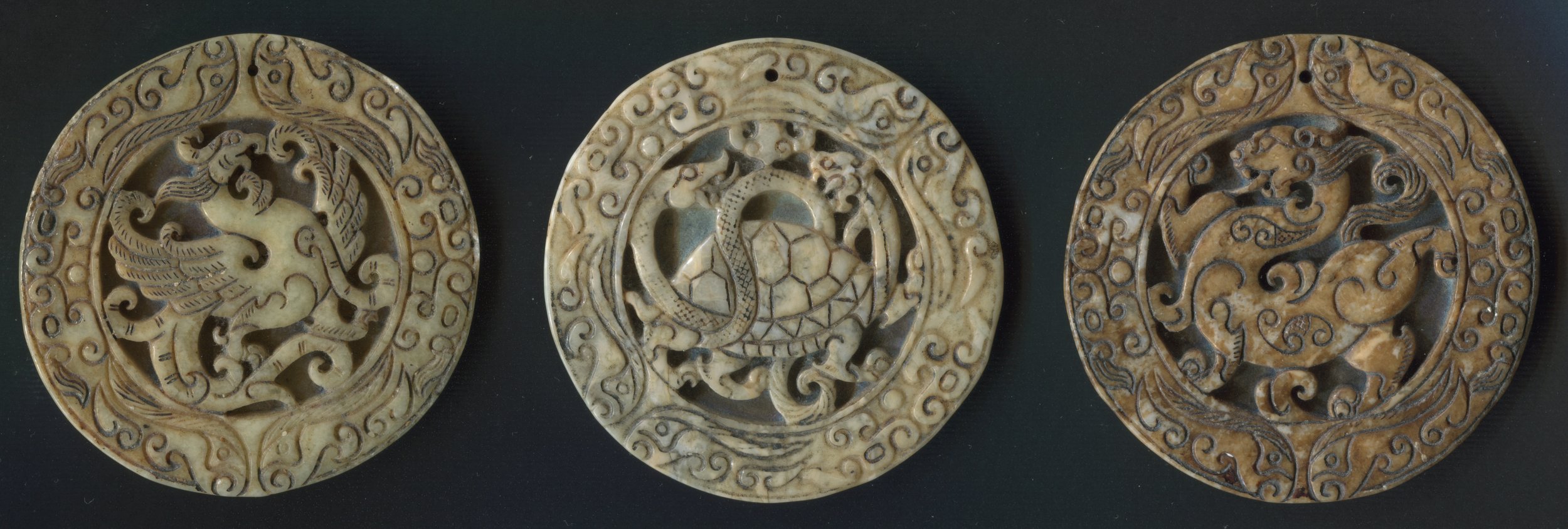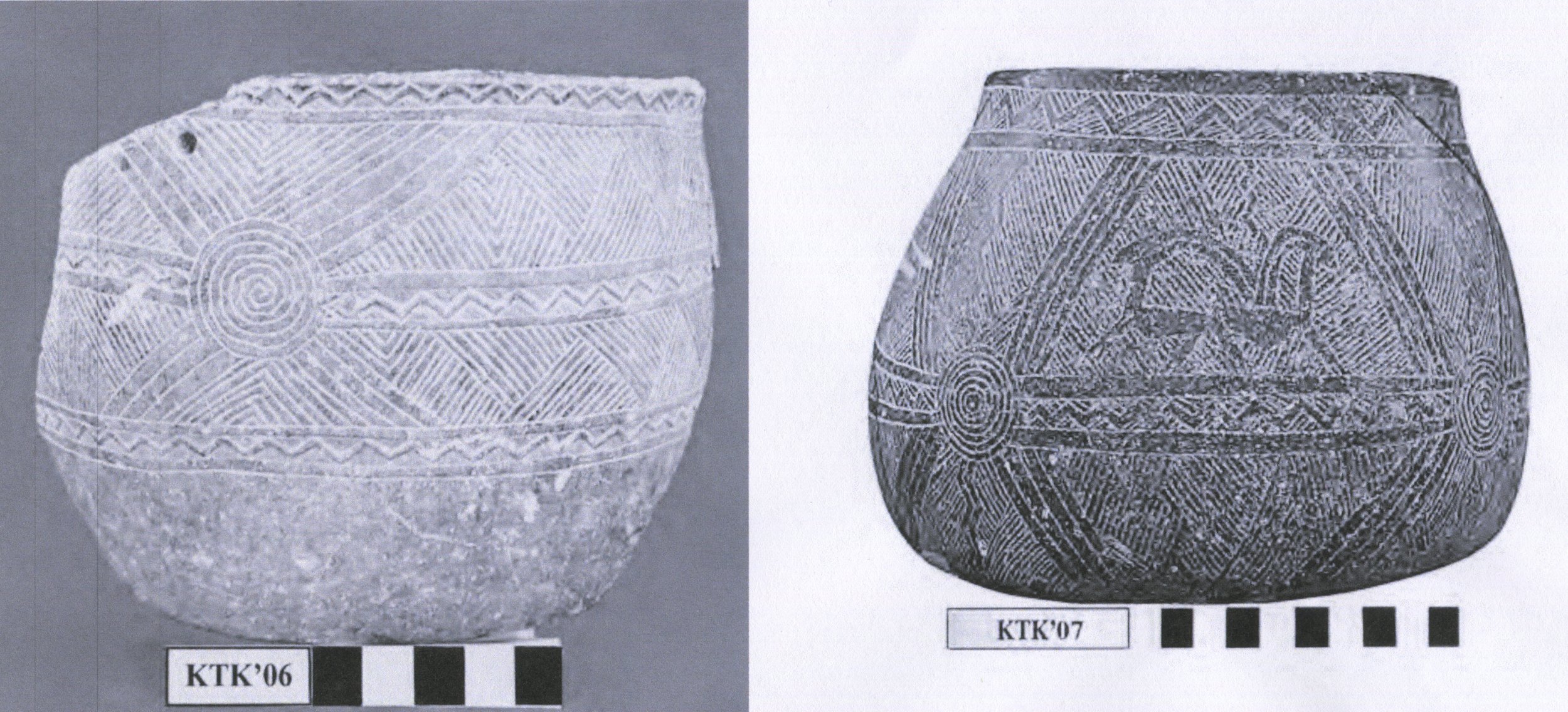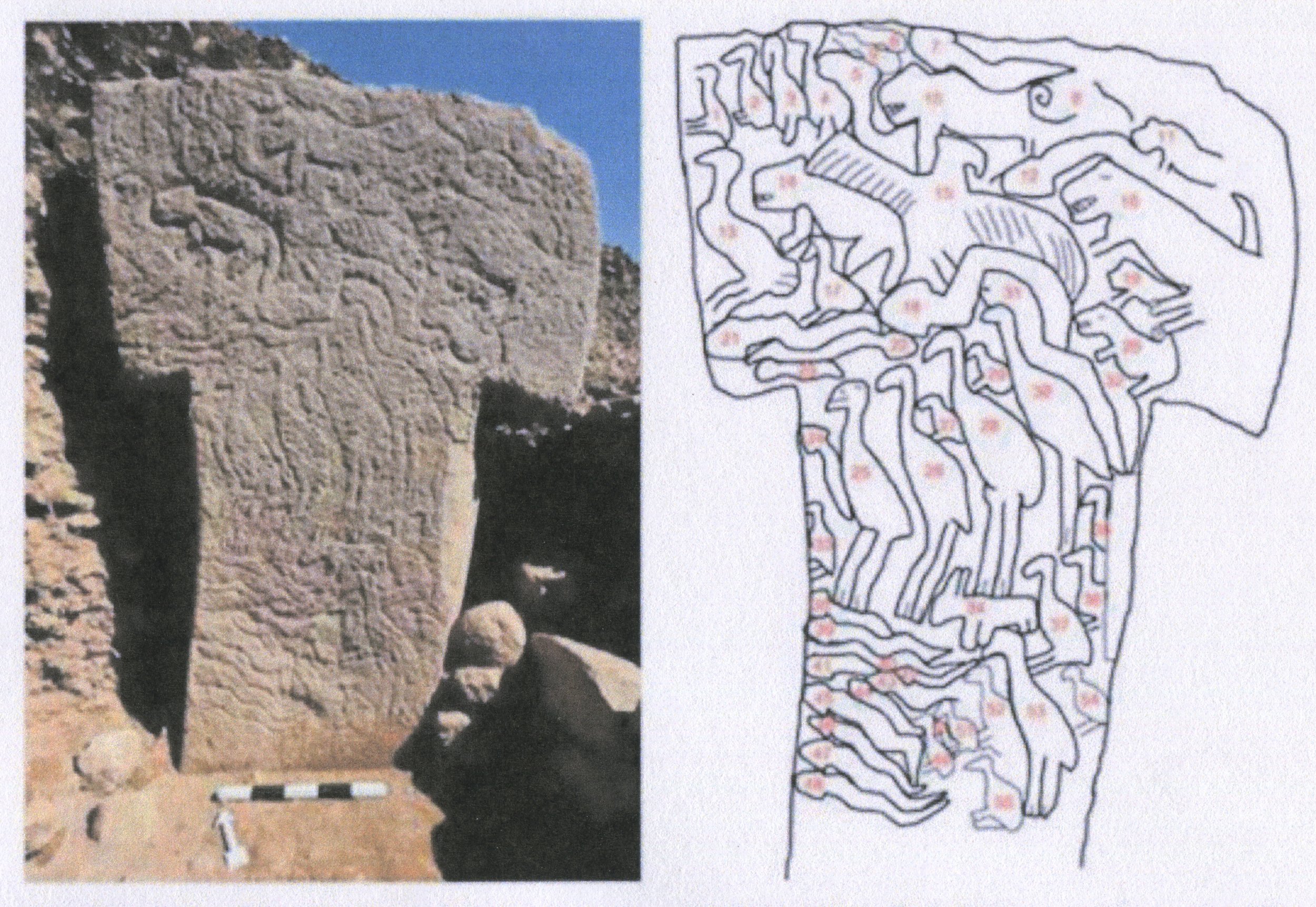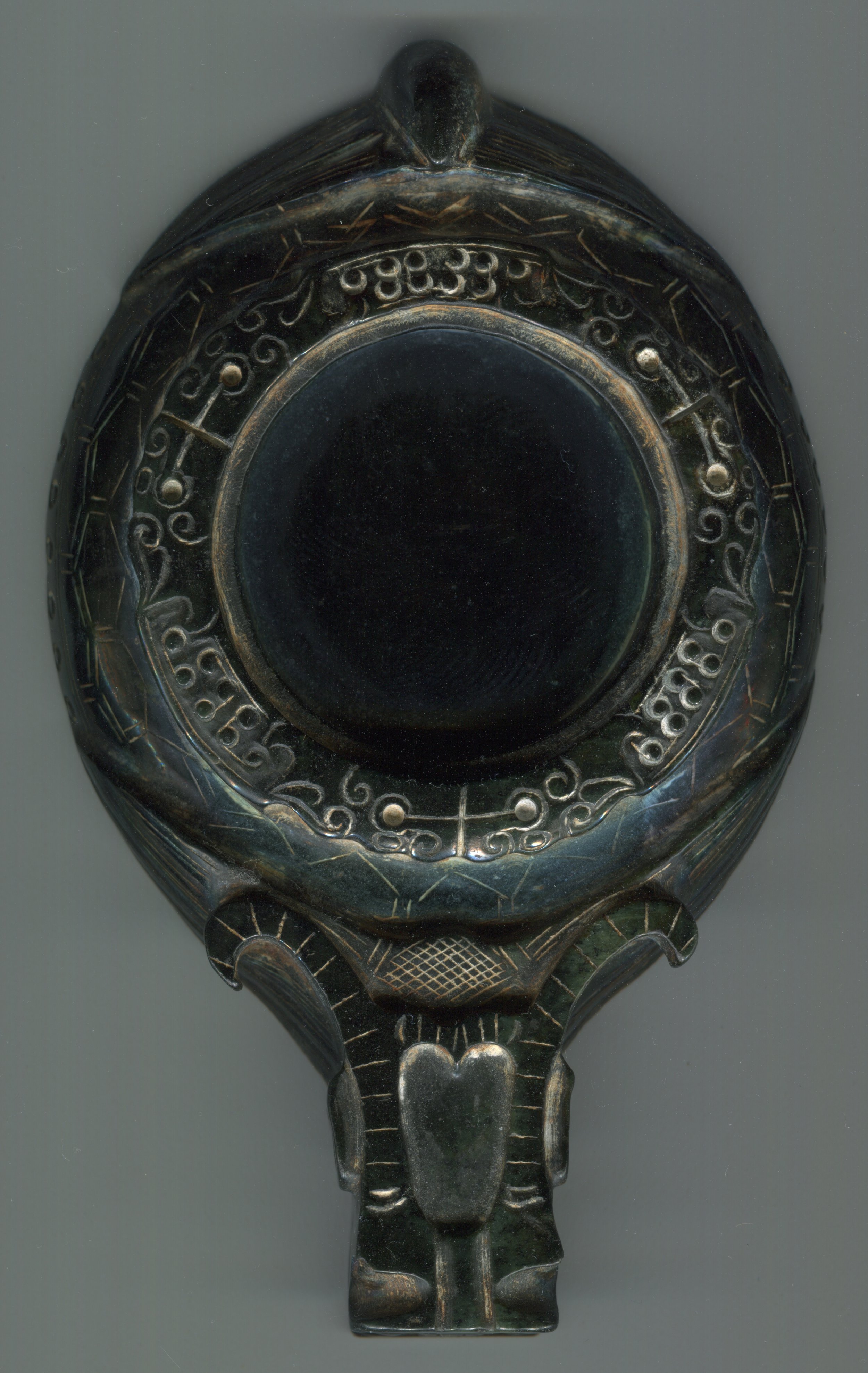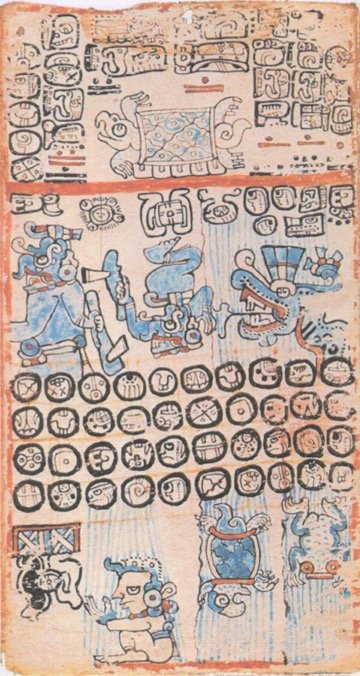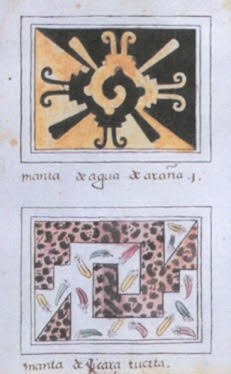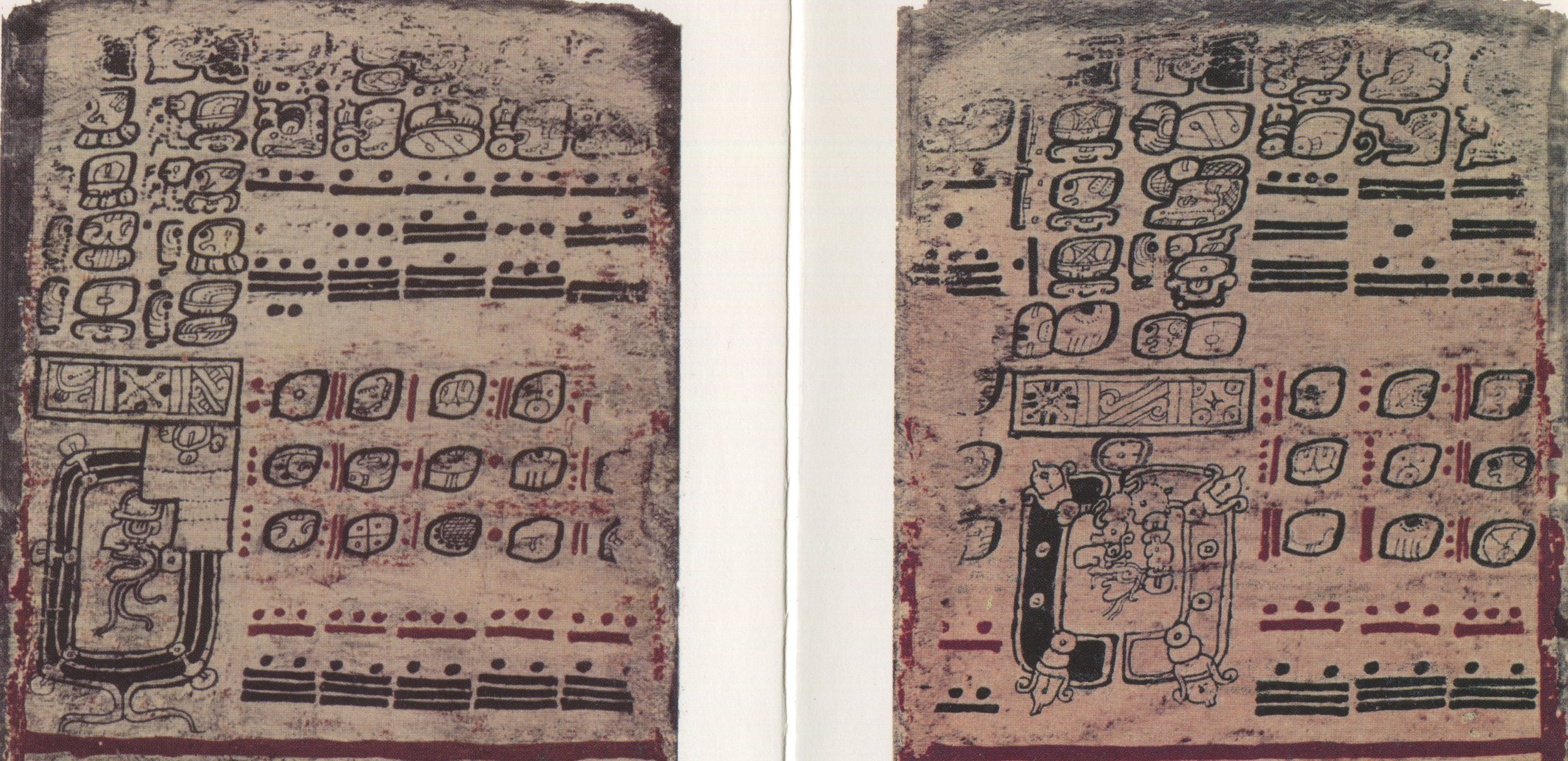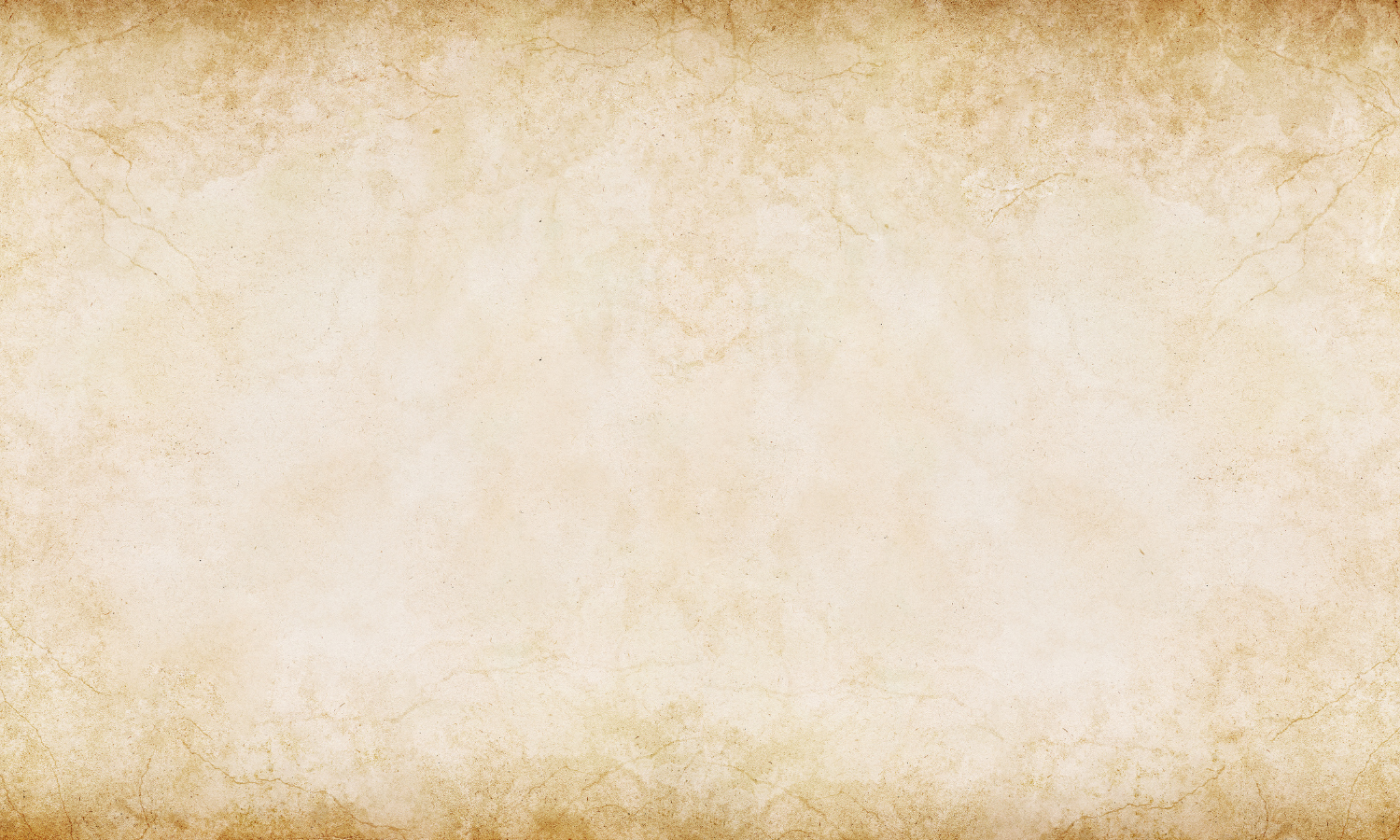
ART MOTIFS
131-144
FEATHERED SERPENTS
Fig.131 Chinese Feathered Serpent and Dragons
Fig.132 Loong Dragon China
Fig. 131 Chinese Feathered Serpent and Dragons
Fig. 132 Loong Dragon China
This Loong Feathered Dragon from China grasps a sphere with three claws on top and one below. The three claws symbolize the three locations on the horizon of the rising and setting sun on the solstices and equinoxes. The claws are essentially the same as the ‘hook’ motif and the beak of the birds found in Mesoamerican codices. (Fig.102) Compare with the Feathered Serpent at Teotihuacan, Fig.134. Note the wings and twisted body of this Feathered Dragon.

Fig.133 Pyramid of the Feathered Serpent c. 250 CE Teotihuacan Mexico
Fig.134 Loong Dragon China
Fig. 133 Pyramid of the Feathered Serpent c. 250 CE Teotihuacan Mexico
The Feathered Serpent at the right symbolizes earth’s celestial equator, its rotation by the feathers and the axial tilt by the serpent. The deity to the left encodes the plane of the ecliptic, earth’s orbit around the sun. Together they represent earth’s celestial mechanics and likely also symbolize the Teotihuacan Trinity. The one deity that is possibly missing is Heart of Sky, the pole star, referenced in both the Popol Vuh and at Palenque. (Fig.98) There may have been a cosmological shift involving the pole star that was responsible for the covering up of the northern façade thereby obscuring the Feathered Serpent. Another somewhat anomalous consideration is the fact that Teotihuacan is not aligned to either the equinoxes or the setting sun on its zenith passage but to the zenith passage at the Izapa-Dakar 14.4n latitude. When and what type of ceremonies were conducted on the original pyramid and on the subsequent remodel and is this emblematic of a significant change in Teotihuacan’s social cultural design? Compare the Feathered Serpent with the Chinese Loong Feathered Dragon, Fig.131.
Fig. 134 Loong Dragon China
This incense burner from China though of relatively recent manufacture very likely preserves very old iconography and a particular symbolism intact. The dragon’s tale wraps serpent like around the blue sphere above and below the ‘equator’ mimicking the sun’s annual (zenith) passage over the earth’s surface between the Tropic of Cancer and the Tropic of Capricorn. In this context the dragon most certainly alludes to earth’s tilted polar axis and the pole star Thuban c.4000-2000 BCE located at the time in the constellation Draco, the dragon. (Fig.100) The dragon with the square jaw motif, to my knowledge, is only found in Asia and Mesoamerica which suggests along with the term Xibalba (see Xibalba and The Road of the Gods) some sort of Trans-Pacific cultural diffusion.) Compare the Loong Dragon to the Feathered Serpent at Teotihuacan in Fig.135.

Fig.135 Pyramid of the Feathered Serpent c. 250 CE Teotihuacan Mexico
Fig.136 3 Chinese Medallions
Fig. 135 Pyramid of the Feathered Serpent c. 250 CE Teotihuacan Mexico
Compare this Feathered Serpent at Teotihuacan to the Chinese Loon Dragon incense burner in Fig.134.
Fig. 136 3 Chinese Medallions
These three medallions encode earth’s celestial mechanics. The feathered medallion to the left symbolizes earth’s rotation with the one at the far right symbolizing its axial tilt. The center medallion encodes earth’s tilted polar axis likely on the Vernal Equinox. Note the hexagon-like sections of the turtle’s back and the undulating lines along the ‘equator’ similar in concept to the Loong Dragon incense burner in Fig.133. All three medallions feature what I call the ‘hook-and-wing’ motif. This is the hook motif that ends with a gently curving line or wing as seen all around the outer borders. This relatively rare ‘hook-and-wing’ motif is also found in Mesoamerica, again hinting at some Trans-Pacific or international cultural diffusion. (Fig.139) The two serpents wrapped around the ‘turtle’s back’ represent the two solstices with the symbol between them symbolizing the equinox. Note the feather like openings around the borders of each medallion. The outer two Feathered Serpent pair openings are at 12 and 6 o’clock with the center one’s openings at the axial tilt angle.

Fig.137 Kortik Tepe c.10th century BCE Anatolia
Fig.138 Feathered Serpent c. 10th century BCE Gobleki Tepe Anatolia
Fig. 137 Kortik Tepe c.10th century BCE Anatolia
The carved stone bowl image at the left features the ‘hook-spiral’ motif similar to one found at Newgrange in Fig.3) The bowl at the right has a circumpunct with seven circles. The hook-spiral suggests rotation and axial tilt with the other motif made up of seven concentric circles with a dot in the center suggesting earth’s 364-day annual orbit around the sun. Compare the zig-zag motif moving serpent like with the dragon’s tail in Fig.134. The upper and lower horizontal boundaries the zig-zag moves back and forth between may represent the Tropic of Cancer and the Tropic of Capricorn.
Fig. 138 Feathered Serpent c. 10th century BCE Gobleki Tepe Anatolia
This T shaped pillar from Gobekli Tepe features a bird with a hooked beak and the hook motif just above it. At the bottom are seven ‘snakes’ with many birds dispersed all around. This pillar is likely a very early example of the knowledge of earth’s celestial mechanics being encoded with these particular motifs.

Fig.139 Feathered Serpent Hooked Wing Zenith Passage
Fig.140 Mesoamerican Codex
Fig. 139 Feathered Serpent Hooked Wing Zenith Passage
This feathered serpent artifact has a bird’s head with wings at the top, a square jawed serpent’s head with wings at the bottom, the ‘hook-and-wing’ motif, and hexagon like shapes all around the outside. This may be a tool for aligning equinoxes or zenith passages of the sun, likely both. When properly leveled the zenith passage of the sun can be seen to come and go by watching the bottom of the incised cylinder. Only on the zenith passage are there no shadows cast at noon leaving a perfect circle at the bottom. Note the two hooks with graduation marks and the diamond net motif between them on the serpent’s head.
Fig. 140 Mesoamerican Codex
The appearance of the ‘hook-and-wing’ motif on this Mesoamerican codex is the supporting evidence of some type of cultural diffusion between Mesoamerica and Asia. This motif occurs in several places but most notably as part of the feathered serpent’s beak in the middle of the page and at the top and bottom of the page where it is attached as tail feathers to the bird with the hooked beak. At the left are two celestial equator earth rotation glyphs. Compare to the ‘hook and wing’ motifs on the Chinese medallions in Fig.136.

Fig.141 Hooks
Fig.142 Maya Vase (K4464 modified new center)
Fig. 141 Hooks
These two hook motifs from a post classic Mesoamerican codex symbolize earth’s celestial mechanics. The curled hook motif at the top is comprised of two hooks of different colors, gold and black that represent earth’s day and night rotation. Note the offset placement of the upper and lower pairs of hooks that suggest earth’s axial tilt. The triple-stepped square spiral below likely symbolizes the solstices and equinoxes as the ‘rotating’ earth ‘orbits’ the sun on the plane of the ecliptic. Note the paired hook motifs at earth’s four orbital solstice and equinox locations.
Fig.142 Maya Vase (K4464 modified new center)
Among the glyphs at the top is the phrase ‘well seasoned cacao’ which is code for good weather and plenty of rain for a successful harvest all supplied by the sun and earth’s celestial equator, its rotation and axial tilt. The figures below wear diamond net beaded skirts, one with a dot in the center. Seeing these two versions of the beaded skirt together suggests the twin nature or roles earth’s tilted polar axis plays in earth’s celestial mechanics particularly on the equinoxes. (Fig.113)
The figure at the left with the dots inside his beaded diamond net skirt represents earth’s celestial equator, its rotation and axial tilt, GI, the Feathered Serpent. He carries on his back a beast with three dots in its eye with the ‘square hook’ motif dangling below it. Note the ‘bar-mat’ symbol back-racks worn by both figures angled in the symbolic axial tilt direction, though slanted at slightly different angles. The ones on the figure at the right are tilted 60 degrees with the ones at the left tilted 45 degrees. This figure also has three ‘bar-mat’ motifs angled in the symbolic celestial equator direction just in front of the ‘square hook’ that the other figure does not. Three of anything typically, especially inside the beast’s round eye, refers to the three locations on the horizon of the equinox and solstice sunrises and sunsets the result of earth’s rotation and axial tilt.
The figure at the right also wears a beaded diamond net skirt but without the dots. On his back he carries a beast with the ‘hook’ motif for an eye and the ‘round hook’ motif dangling below it. This figure likely represents GII and the role the earth’s tilted polar axis plays not just daily but more importantly on the Vernal Equinox. The angle of earth’s axial tilt in relation to the plane of the ecliptic is not rotation dependent with the axial tilt’s most significant role being seasonal. The twin relationship between the earth’s tilted polar axis to the celestial equator and the axis’ angular relationship to the plane of the ecliptic fits the probable definition of the ‘Hero Twins’. The alternating angles of the columns of beads in the beaded net skirts suggest both earth’s rotation and axial tilt. The dot in the center may represent the pole star. The beast GII carries on his back has the ‘hook’ motif for an eye that symbolizes earth’s tilted polar axis. Compare their hands and the closed loop graphic narrative involving GI that very likely encodes the Vernal Equinox.
The birds just below the row of glyphs both have inverted ‘L’ motifs for bodies and wings with feathers arrayed to mimic the ‘vertical and horizontal’ shape of the ‘L’ motif. (See Fig.5) The bird at the right, associated with the beast with the ‘hook-eye’, has a rounded baldhead, a circumpunct eye, (See Fig.2) a ‘collar’ slanted in the axial tilt direction, and an open beak. At the tip of its wing just below the glyph with the circumpunct is a mostly horizontal ‘round hook’ encoded motif that features the ‘T’ symbol that represents the Vernal Equinox. This winged motif helps complete the looped graphic equinox narrative mentioned above. As part of the feather array there is also a double ‘square hook’ motif. This motif and the ‘round hook’ motif though nearly identical to those of the other bird are definitely encoding something slightly different. It is worth mentioning here that this bird also has a ‘collar’ slanted in the axial tilt direction but with a closed beak. Helping to close the looped narrative at the other end is a double ‘round hook’ motif offered to GI by the beast with the ‘hook eye’. Just above it inside the horizontal ‘L’ motif with the serpent face is the kin-cross type motif that is slanted in the symbolic celestial equator angle. The vertical section of the inverted ‘L’ motif carried by GI features a mix of axial tilt bars and horizontal ones. Note the tops of the heads of both beasts and their backs touching or not touching the back-racks and the vertical and horizontal sections, except where they both touch the inside corners, of the ‘L’ motif. Also note the kin cross type motif slanted in the axial tilt direction in the glyph just above the head of the bird carried by GI.
The closed loop narrative shared by the figure at the left with the bird with the circumpunct eye and the beast with the ‘hook-eye’ carried by the figure at the right likely encode the complimentary nature of earth’s celestial equator, its rotation and axial tilt, and its tilted polar axis as they and the pole star align with the plane of the ecliptic on the Vernal Equinox.

Fig.143 Dresden Codex c.1325
Fig.144 Tello Obelisk Chavin de Huantar Peru
Fig. 143 Dresden Codex c.1325
Compare the square-eyed deity at the left and the deity with a hook eye on the right with those on the Maya Vase in Fig.142. The hook-eye deity at the right is enclosed in a light and dark motif that suggests earth’s day and night rotation on its tilted polar axis. Note the kin-cross type axial-tilt glyph just above. The square-eye deity at the left is enclosed in something that suggests orbit and or rotation, possibly both. Note the glyph above composed of two hook motifs tilted at earth’s rotation angle. The square framing of this glyph suggests the plane of the ecliptic.
Fig. 144 Tello Obelisk Chavin de Huantar Peru
This obelisk appears to be encoding a South American version of the feathered serpent cosmology using motifs found in Mesoamerica, Anatolia, and China. At the top of the image to the far left is a bird with four tail feathers that likely symbolize the solstices and equinoxes. At the top of the next image to the right though difficult to see are several serpents. The bird is likely a condor and cosmologically similar to the vulture found in ancient Egyptian iconography. The mouth with teeth motifs at the bottom of each of these obelisk faces appear to have square and rounded corners with the round corner paired with the bird at the top and the square corner paired with the serpents, these particular pairings may be encoding earth’s celestial mechanics on the equinoxes, possibly similar in meaning to the square and round hook motifs on the Mayan vase in Fig.142. (See also Fig.141) Compare the zig-zag iconography of the mouth like motifs running vertically down the center of both faces of the obelisk with the zig-zag motifs found on the Chinese medallions in Fig.135 and on the stone vase from Anatolia in Fig.136. This blend of motifs along with the ‘hook-and-wing’ motif found in both China and Mesoamerica certainly seem to suggest the worldwide diffusion of a type of very old, nearly universal cosmology based on the knowledge of earth’s celestial mechanics.
